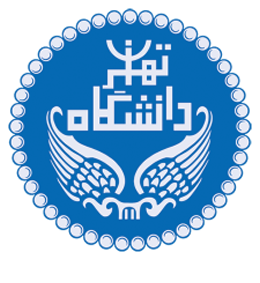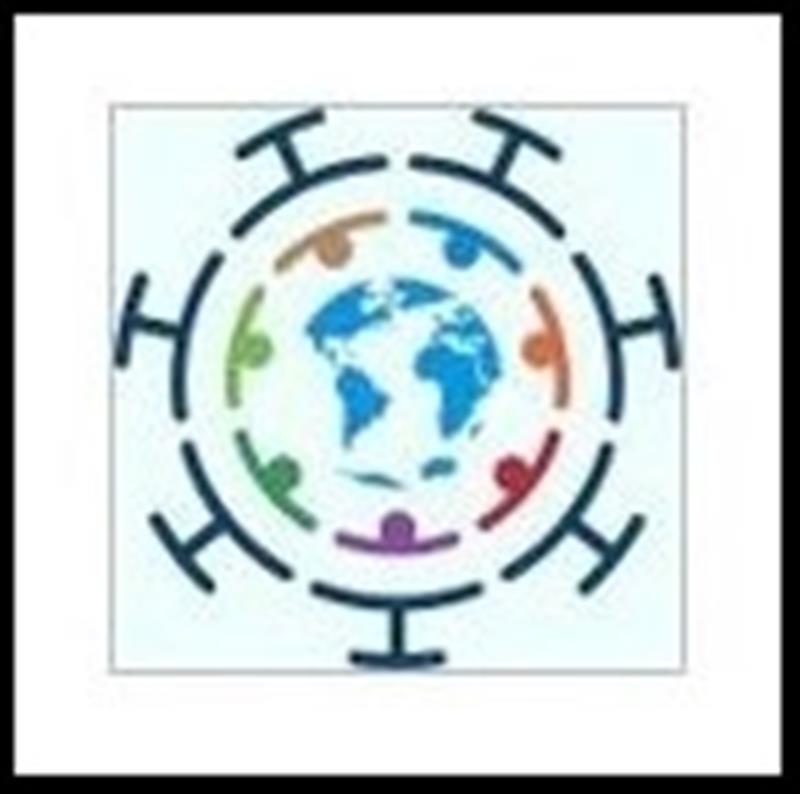UNESCO Resources on COVID-19 and Education
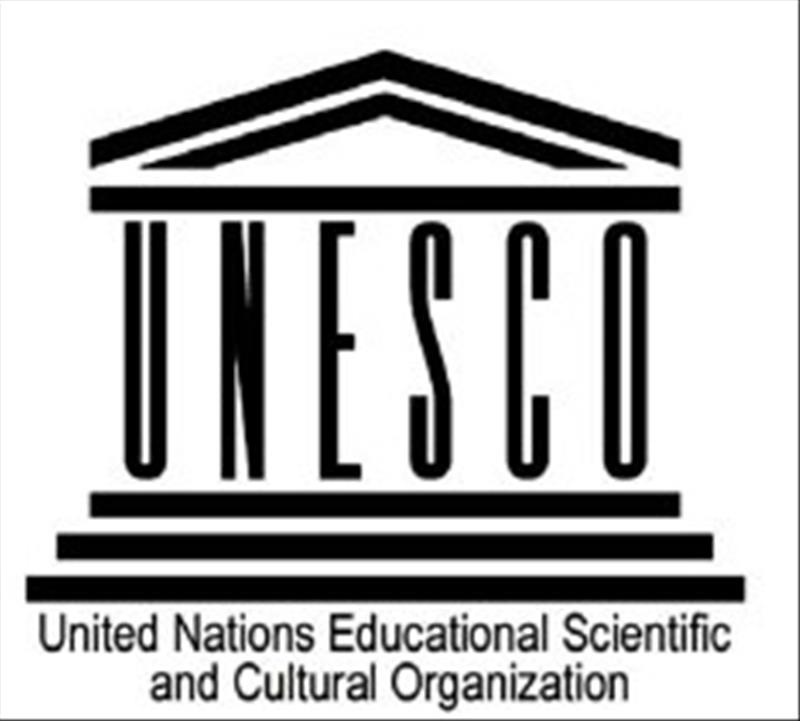
Distance learning solutions
More on UNESCO's COVID-19 Education Response
The list of educational applications, platforms and resources aim to help parents, teachers, schools and school administrators facilitate student learning and provide social care and interaction during periods of school closure. Most of the solutions curated are free and many cater to multiple languages. While these solutions do not carry UNESCO’s explicit endorsement, they tend to have a wide reach, a strong user-base and evidence of impact. They are categorized based on distance learning needs, but most of them offer functionalities across multiple categories.m
Content
Resources to provide psychosocial support
Digital learning management systems
Systems built for use on basic mobile phones
Systems with strong offline functionality
Massive Open Online Course (MOOC) Platforms
Self-directed learning content
Mobile reading applications
Collaboration platforms that support live-video communication
Tools for teachers to create of digital learning content
External repositories of distance learning solutions
https://en.unesco.org/covid19/educationresponse/solutions
______________________

UNITWIN/UNESCO Chair Holders Institutional Responses to COVID-19
Preliminary results of a survey conducted in April 2020 Section of Higher Education, UNESCO
The current report presents the preliminary summary findings of a survey of UNITWIN/UNESCO Chair programme host universities, distributed electronically to all 793 institutions in English, French and Spanish from 6-20 April 2020. The express purpose of the survey was to facilitate the rapid collection and sharing of the immediate challenges facing higher education provides and their individual institutional efforts to continue their learning, teaching and research missions during the COVID-19 pandemic. A summary of the response rate by region is provided below, with the quantitative and qualitative summary responses outlined in the content of the report that follows…k
https://en.unesco.org/covid19/educationresponse/solutions
______________________
International Research and Training Centre for Rural Education
Handbook on Facilitating Flexible Learning, during educational disruption
The Chinese Experience in Maintaining Undisrupted Learning in COVID-19 Outbreak
Smart Learning Institute of Beijing Normal University UNESCO International Research and Training Centre for Rural Education, March 15, 2020
Content
Executive Summary
1. Understanding Flexible Learning during Educational Disruption
2 Applying Online Learning to Provide Flexible Education
3 Ensuring Reliable Network Infrastructure
4 Utilizing Friendly Learning Tools
5 Adopting Suitable Digital Learning Resources
6 Facilitating Effective Online Teaching and Learning
7 Providing Supports and Services for Teachers and Students
8 Empowering the Collaboration between Governments, Enterprises, and Schools
Conclusions and Recommendations
______________________
Combat COVID-19: Keep learning. Together we are on the move!k
UNESCO Institute for Information Technologies in Education
As COVID-19 continues spreading in many countries posing a serious threat to our health, security and lives, education in schools and universities is also facing unprecedented challenges. In response to a surge in school and university closures to contain the spread of COVID-19, on 10 March 2020 UNESCO convened a global videoconference of high education officials to step up the emergency response and share strategies to minimize learning disruption worldwide…h
https://iite.unesco.org/combating-covid-19-together-we-are-on-the-move/
______________________
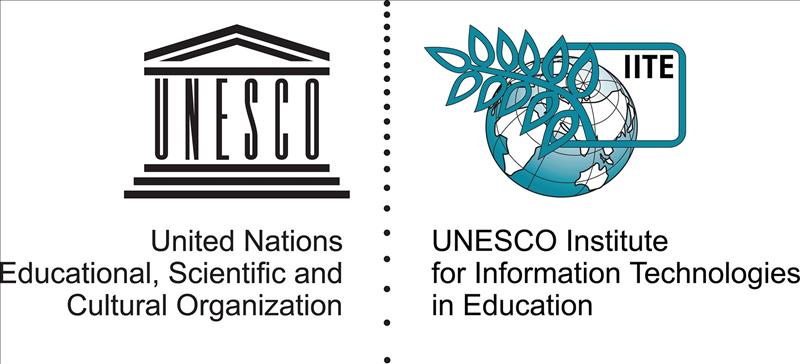
International Partnership of Distance and Online Learning for COVID-19
UNESCO Institute for Information Technologies in Education
Commonwealth of Learning (COL) in collaboration with UNESCO IITE and 40+ other organisations and institutions has launched the International Partnership of Distance and Online Learning for COVID-19. The unprecedented impact of COVID-19 on teaching and learning is a worldwide concern, with over 1.5 billion learners not attending schools. Keeping the doors of learning open during this crisis is the responsibility of all stakeholders in education. Over the last fifty years, open and distance education institutions have offered quality teaching and learning at a distance using a range of technologies – print, radio, television, computer and the Internet. New developments in web technologies and increasing access to mobile applications open new possibilities …l
https://iite.unesco.org/news/international-partnership-of-distance-and-online-learning-for-covid-19/
______________________
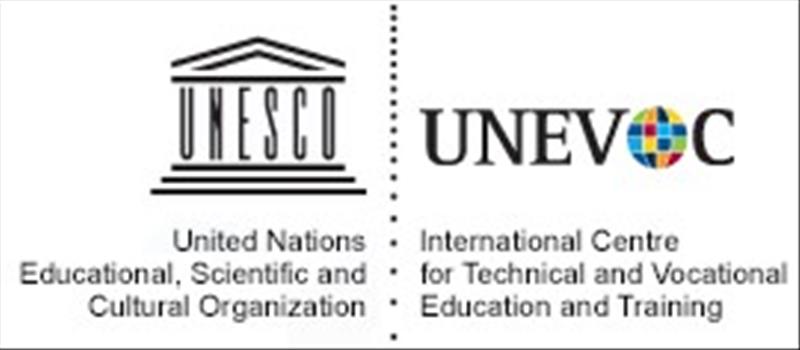
International Centre for Technical and Vocational Education and Training
TVET peer support in response to COVID-19
The global Coronavirus (COVID-19) outbreak impacts not only our health, lives and economies, but also the labour market and education sector. Many countries have already implemented temporary measures to slow down the spread of the virus, which includes closing public institutions and schools. As of 18 May 2020, more than 1.2 billion learners were affected by the closures of schools, training institutions and universities ![]() , with nationwide closures effective in 156 countries. …j
, with nationwide closures effective in 156 countries. …j
______________________
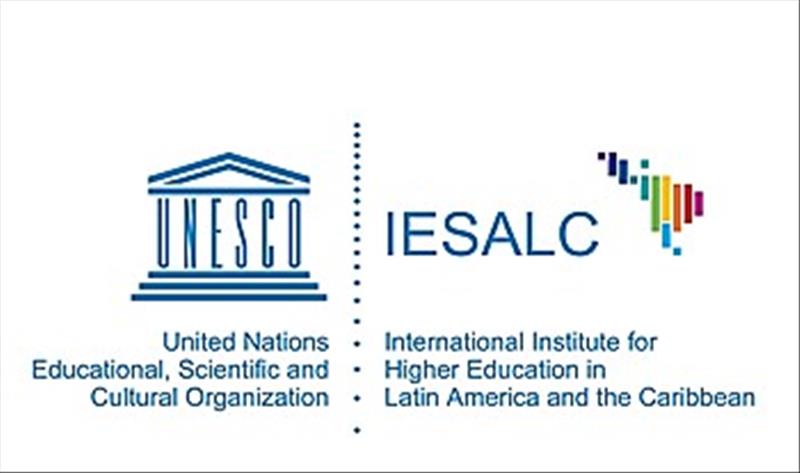
UNESCO International Institute for Higher Education in Latin America and the Caribbean (IESALC)
COVID-19 and higher education: Today and tomorrow
Impact analysis, policy responses and recommendations
April 9, 2020, 46 pages
Contents
Executive Summary
Introduction
P 1. Predictable short, medium and long - term impact
P 2. Public policies and institutional responses
- Public policies
- Institutional responses
P3. Preparing for tomorrow
- Basic principles
- Recommended strategies and measures
http://www.iesalc.unesco.org/en/wp-content/uploads/2020/04/COVID-19-EN-090420-2.pdf
______________________

CORONAVIRUS COVID-19 AND HIGHER EDUCATION: IMPACT AND RECOMMENDATIONS
Coronaviruses (CoV) are a large family of viruses that cause diseases ranging from the common cold to more serious ones. The COVID-19 Coronavirus was first detected in China in December 2019, and has since spread to all regions of the world. The World Health Organization provides proven and constantly updated information about COVID-19 and its spread, and also suggests which health measures should be taken at the individual and collective levels in order to prevent it and avoid its spread.
______________________
H. M. 24 May 2020
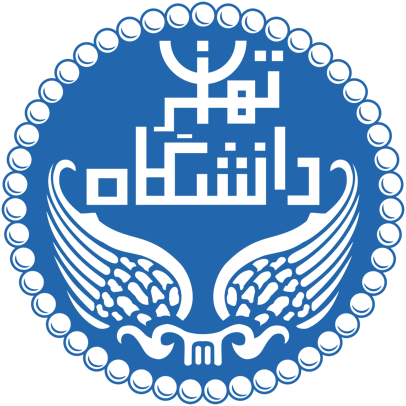 ورود به حساب کاربری
ورود به حساب کاربری


